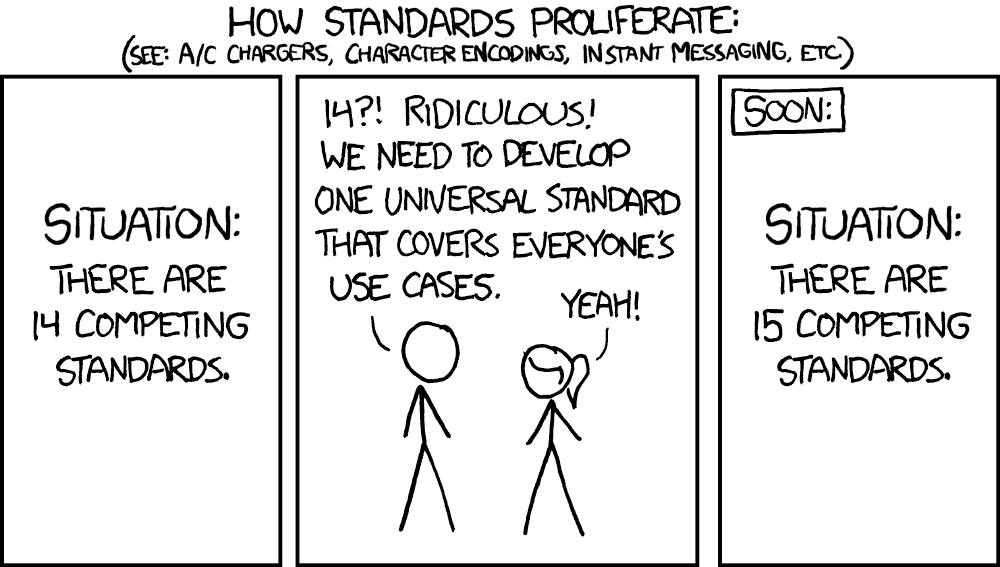 As a Practitioner-in-Residence, I'm not expected to publish scholarly works in the same way as my doctrinal colleagues. This is one reason the projects section of this site is so much larger. However, from time to time I do something that looks like legal scholarship. Here are three of my favorites. For a complete list, check out my Google Scholar listing.
As a Practitioner-in-Residence, I'm not expected to publish scholarly works in the same way as my doctrinal colleagues. This is one reason the projects section of this site is so much larger. However, from time to time I do something that looks like legal scholarship. Here are three of my favorites. For a complete list, check out my Google Scholar listing.
Unsupervised Machine Scoring of Free Response Answers—Validated Against Law School Final Exams
This paper presents a novel method for unsupervised machine scoring of short answer and essay question responses, relying solely on a sufficiently large set of responses to a common prompt, absent the need for pre-labeled sample answers—given said prompt is of a particular character. That is, for questions where “good” answers look similar, “wrong” answers are likely to be “wrong” in different ways. Consequently, when a collection of text embeddings for responses to a common prompt are placed in an appropriate feature space, the centroid of their placements can stand in for a model answer, providing a lodestar against which to measure individual responses. This paper examines the efficacy of this method and discusses potential applications.
Colarusso, D. (2022). Unsupervised Machine Scoring of Free Response Answers—Validated Against Law School Final Exams. MIT Computational Law Report.
Digital Curb Cuts: Towards an Inclusive Open Forms Ecosystem

In this paper we focus on digital curb cuts created during the pandemic: improvements designed to increase accessibility that benefit people beyond the population that they are intended to help. As much as 86% of civil legal needs are unmet, according to a 2017 study by the Legal Services Corporation. Courts and third parties designed many innovations to meet the emergency needs of the pandemic: we argue that these innovations should be extended and enhanced to address this ongoing access to justice crisis. Specifically, we use the Suffolk University Law School's Document Assembly Line as a case study. The Document Assembly Line rapidly automated more than two dozen court processes, providing pro se litigants remote, user-friendly, step-by-step guidance in areas such as domestic violence protection orders and emergency housing needs and made them available at courtformsonline.org. The successes of this project can extend beyond the pandemic with the adoption of an open-source, open-standards ecosystem centered on document and form automation. We give special attention to the value of integrated electronic filing in serving the needs of litigants, a tool that has been underutilized in the non-profit form automation space because of complexities and the difficulty in obtaining court cooperation.
Steenhuis, Quinten and Colarusso, David (2021) "Digital Curb Cuts: Towards an Inclusive Open Forms Ecosystem," Akron Law Review: Vol. 54: Iss. 4, Article 2.
Speaking the Same Language: Data Standards and Disruptive Technologies in the Administration of Justice
While the legal profession is coming to grips with technological disruption, practitioners serving the needs of those with low and moderate-incomes find themselves struggling to keep up. Insufficient resources clearly impede large scale technological improvements. Yet, the rise of civic coding and the growing legal technology sector suggest an untapped pool of civic and private resources ready to help address this shortfall. We argue that state trial courts are best positioned to leverage these resources for the benefit of low and moderate-income individuals by addressing a key structural impediment to innovation: the lack of clearly-defined judicial data standards.
Suffolk University Law Review, Vol. 50, No. 387, 2017

